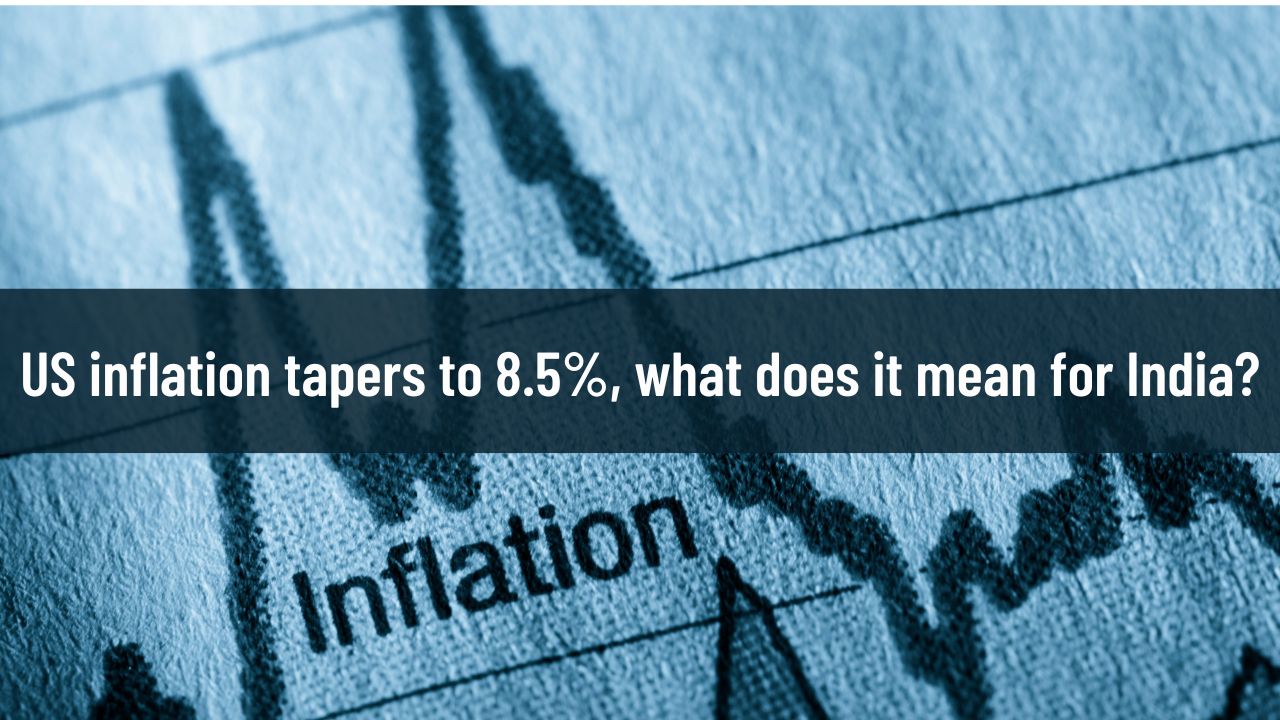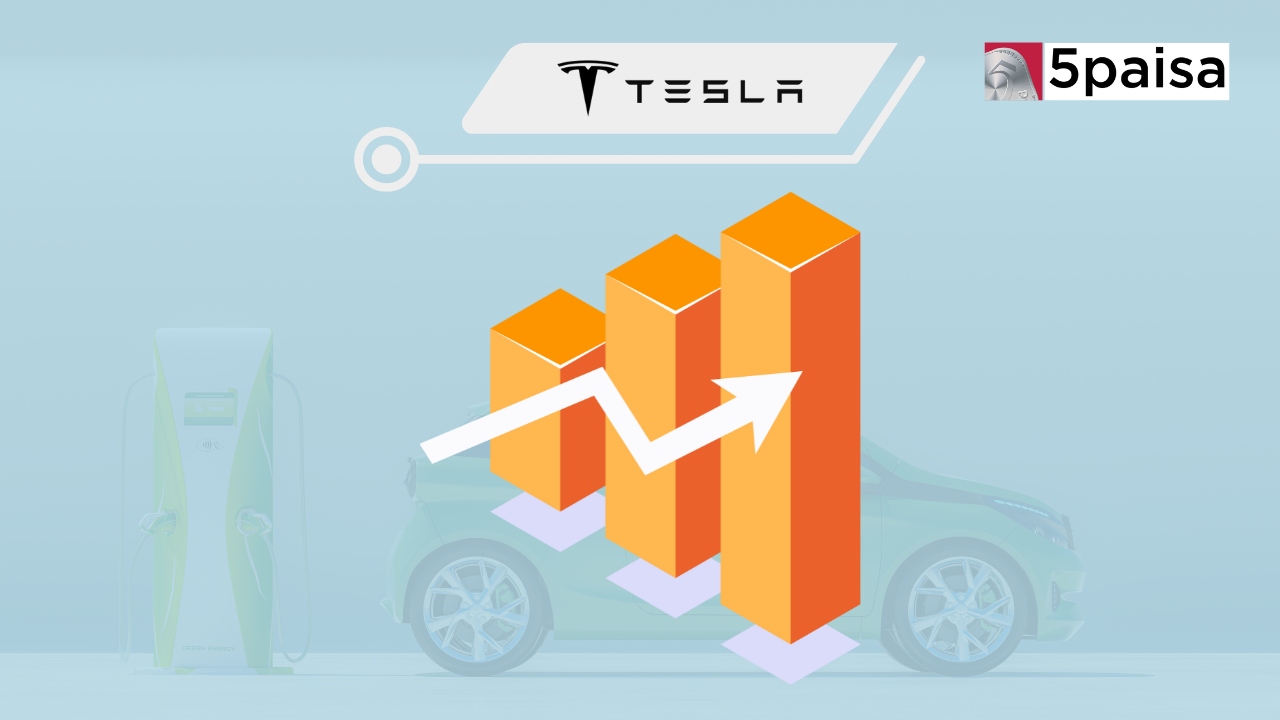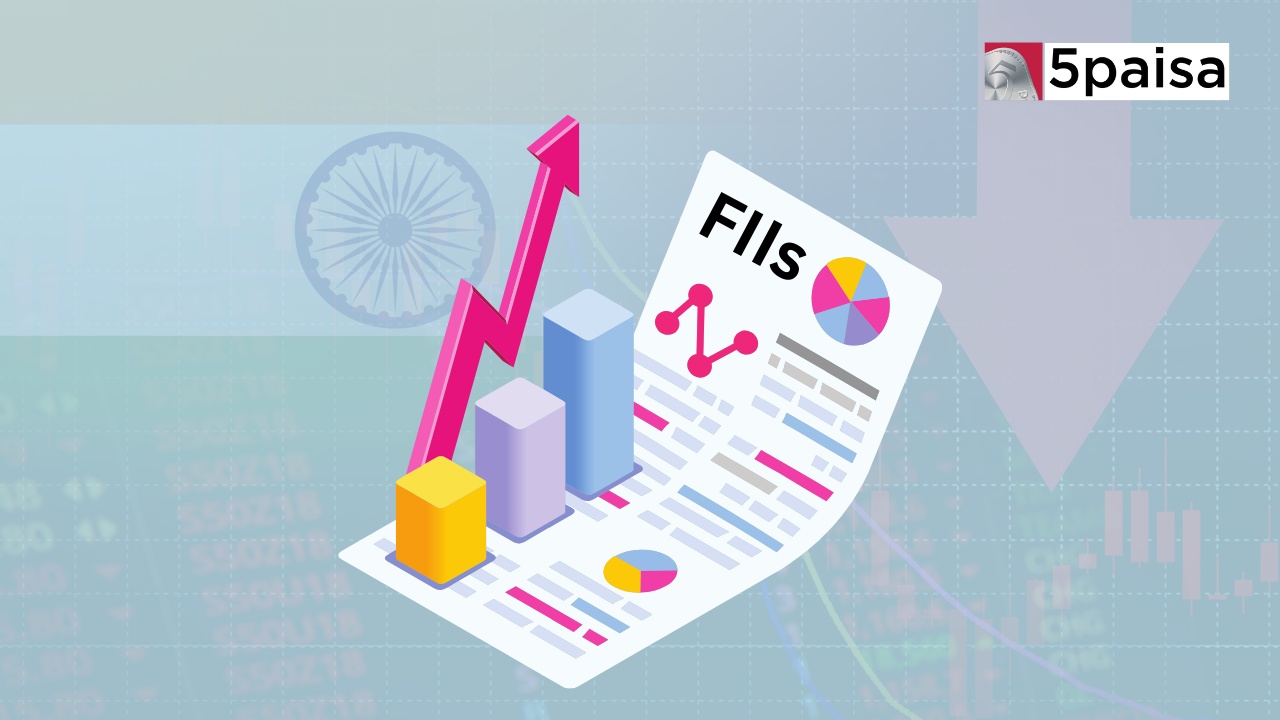US inflation for July at 8.5%, better but still too high

Last Updated: 11th August 2022 - 03:34 pm
Just a day before the consumer inflation data was announced by the US Bureau of Labour Statistics, the lead indicators had already indicated a tapering of the headline inflation. However, the eventual inflation for July 2022 at 8.5% was lower, but not too appetising. After 225 bps of rate hikes, markets would have really expected something better. Agreed that 8.5% is still better than 9.1% that we saw in June 2022, but for an economy that is not even growing, the inflation is just too high. Only lower inflation can boost real GDP growth.
Here is a quick summary of the components of the overall headline inflation and how the 8.5% number for inflation was arrived at.
|
Category |
July 2022 (YOY) |
Category |
July 2022 (YOY) |
|
Food Inflation |
10.90% |
Core Inflation |
5.90% |
|
Food at home |
13.10% |
Commodities less food and energy |
7.00% |
|
15.00% |
|
5.10% |
|
10.90% |
|
10.40% |
|
14.90% |
|
6.60% |
|
9.30% |
|
3.70% |
|
13.80% |
|
4.20% |
|
15.80% |
|
7.70% |
|
Food away from home |
7.60% |
Services less energy services |
5.50% |
|
8.90% |
Shelter |
5.70% |
|
7.20% |
|
6.30% |
|
Energy Inflation |
32.90% |
|
5.80% |
|
Energy commodities |
44.90% |
Medical Care Services |
5.10% |
|
75.60% |
|
0.80% |
|
44.00% |
|
3.90% |
|
Energy services |
18.80% |
Transport Services |
9.20% |
|
15.20% |
|
8.10% |
|
30.50% |
|
7.40% |
|
Headline Consumer Inflation |
8.50% |
|
27.70% |
What are the key takeaways from the above US consumer inflation break-up? After a persistent rising trend, the tide seems to be changing. It may be recollected that the US economy had reported consumer inflation at 7.9% in February 2022, 8.5% in March 2022, 8.3% in April 2022, 8.6% in May 2022 and 9.1% in June 2022. For the month of July 2022, the consumer inflation tapered by 60 bps to 8.5%. This is as an outcome of persistent rate hikes, although the fall in inflation is quite small after 225 bps rate hike.
If you compare the July data with the June 2022 data, 3 trends are evident about the components of headline inflation.
• Firstly, the headline food inflation rose by 50 basis points from 10.40% in June to 10.90% in July 2022. The spike in food inflation was largely lead by eat-at-home items. Also, most of the nutritious food items saw a sharp spike in inflation in July 2022.
• Despite higher food inflation, the sharp fall in energy inflation more than compensated and resulted in lower headline inflation. In fact, energy inflation fell by more than 800 basis points in July 2022 led by fuel, gasoline and natural gas.
• Finally, we come to core inflation (excluding food and energy). This was flat at 5.9% in July 2022. However, if you look at the overall basket of core sector inflation, only apparel and airline fares were lower, while the rest of the items were higher in July.
While the yoy inflation tapered by 60 bps to 8.5%, the MOM inflation tapered from a high of 1.3% to a low of 0.0% in July. What does this mean for the Fed stance?
Fed will not give up on hawkishness, but it will be more tempered
Between March 2022 and July 2022, the Fed rates have been hiked by 225 bps bringing it to the neutral level of 2.25% to 2.50%. Clearly, the Fed will front-load most of the rate hikes in 2022, but it is likely to be more data-driven from here on. After all, once the neutral rates are scaled, further rate hikes will only come at the cost of lower growth. That is a dilemma.
Between now and September, when the Fed meets next, there are likely to be more data points. This will include key data pieces like updated GDP, jobs, headline inflation, productivity etc. Hawkishness is likely to be the story of the Fed stance, but perhaps a bit toned down!
Does lower inflation impact the India monetary story?
The Fed and the RBI have hiked rates aggressively from post-COVID lows, but in both cases, the inflation remains a challenge. Both India and the US risk impacting growth with more hawkishness and that is a bigger challenge for India, where growth is the underlying story. The bigger question is; what will the RBI do? RBI is already taking a hard-nosed stance to cut inflation and that is unlikely to change. Secondly, RBI is already committed to winding down inflation. RBI is likely to stay on the same side as the US Fed to avoid the risk of monetary divergence. That may have a cost to the RBI, but it is better safe than sorry.
- Flat ₹20 Brokerage
- Next-gen Trading
- Advance Charting
- Actionable Ideas
Trending on 5paisa
06
 Tanushree Jaiswal
Tanushree Jaiswal
Global Market Related Articles
Disclaimer: Investment in securities market are subject to market risks, read all the related documents carefully before investing. For detailed disclaimer please Click here.
 5paisa Research Team
5paisa Research Team




